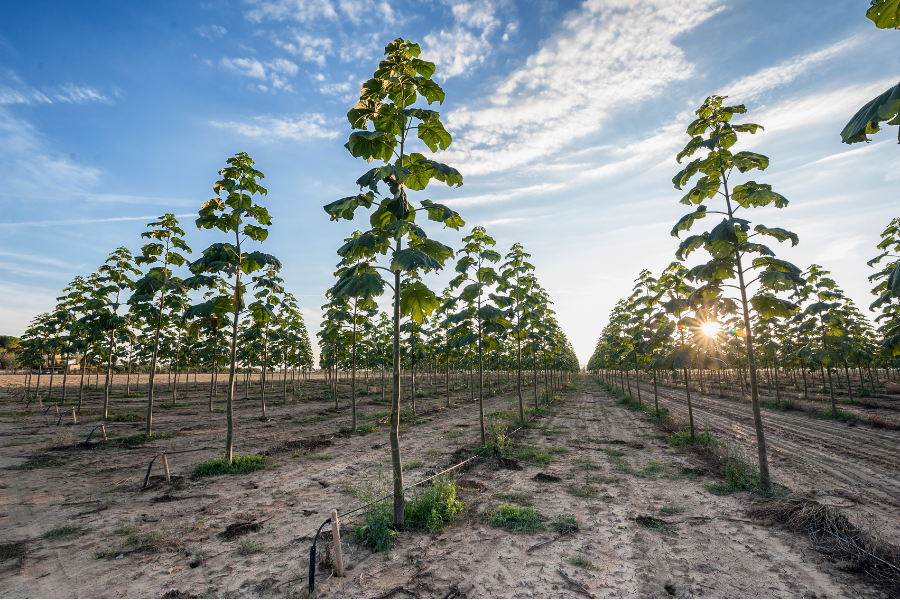Society as it is today, wasn’t ‘set up’ with sustainability in mind. Living sustainably takes our conscious effort to make certain behavioral changes that will positively impact our local communities and planet. The first thing when deciding to start living in a more mindful manner is to be aware that it’s not going to be perfect.
We all live in different areas and with different circumstances. We need to give ourselves and each other grace and understand that it’s a process that we are working towards. The most important thing that we all need to have is awareness. We need to be aware of our actions and we need to constantly strive to do better. We should be continuously questioning our daily habits and the companies we support.
12 Tips To Living Sustainability
1. Fix it, instead of buying new
We need to steer away from that saying “out with the old and in with the new.” Instead of throwing an item away when it breaks or at the first sign of wear and tear, if you can, try mending it. There are lots of ways to make items new again. You can do it yourself or find someone that has expertise in fixing that item.
Not only will you be saving items from going into the landfill, you’ll be learning important new skills that make you more self-sufficient, like sewing for example. You’ll also be helping local artisans and contributing towards a more circular economic system.
> Find out more about circular economy model, here
2. When you can, use what you got
Look at what you already have and see how it can be adapted or transformed to make something different. This concept can be applied in many facets of our lives, like fashion or interior design. This helps expand our creativity, gives items a second life, which promotes a circular lifestyle.
3. Avoid impulse buying
Impulse buying leads to getting stuff that we don’t necessarily need. When shopping, have a think about if the item in question is one that you’ll absolutely get a lot of use out of.
4. Buy less, but buy better
When you buy items, value quality over quantity. Yes, buying quality items does mean that it will probably be more expensive. But, it also means that it will last a lot longer. For example, better quality in fashion means staying away from synthetics and buying more natural materials like cotton, linen and wool.
5. Buy local
Whenever possible choose to get food, clothes, items locally instead of big chains or online. Helping local shops, specialists and artisans is an essential way of contributing to your local neighborhood. It not only strengthens relationships, it also promotes security and self sufficiency in your community.
6. Be an informed buyer
Be familiar with the items that you get and the companies that you buy from. Be weary of green washing traps. Just because the packaging is green, doesn’t necessarily mean that it’s a better choice for the environment. Researching companies and holding them accountable through our buying power is the most impactful way we communicate with them.
> Read all about green washing and how to spot it, here
7. Food prep
Planning and organizing your weekly food plan is good for your wallet, your health and your environmental impact. By planning your week and preparing your food ahead of time, you are avoiding single use plastic waste from a restaurant’s take-out.
8. Choose whole foods
When food shopping, choose whole fruits, vegetables and grains and avoid processed foods. Think of different dishes that you can make with a single ingredient. Let’s say, for example, you prepped some lentils this week. You could incorporate them into a stew, in pasta, and even a salad.
> Read all about the mediterranean diet, here
9. Eat with the seasons
Eat seasonally and buy foods that are grown locally. Your food will be tastier and healthier. You’ll be reducing your carbon footprint and food waste. Additionally you’ll be supporting your community’s local economy.
> Read the 8 reasons why eating seasonally is so important
> Here are 5 tips for eating with the seasons
10. Avoid plastic and single use items
Plastic has become an enormous environmental problem, it’s also impacting our health. It takes up to 500 years to break down, there are plastic islands the size of countries floating in the ocean and we’ve even found plastics in human fetuses and breast milk. Avoiding single use plastics and plastic products is so important to helping reduce waste.
11. Make sustainable swaps
More and more sustainable alternatives are available to us. Whenever possible we need to be swapping out items that we use in our daily lives for more sustainable options. Some easy swaps are using bar soap instead of liquid, using glass food containers instead of cling film or aluminum foil, and bringing our own bag when shopping instead of using their single use plastic bags.
> Read all about the environmental impact of toilet paper, here
5. Use water mindfully
Droughts are becoming a serious issue in some parts around the world and we all need to be using water mindfully. Turn off the tap or the shower when putting on shampoo/conditioner and when you are brushing your teeth. When using your washing machine or dishwasher, choose the quick eco cycles that use less water and take less time.
Final Thoughts
Living sustainably is a lifestyle change that involves us becoming more conscious about how we affect our surroundings. It’s about becoming knowledgeable, questioning our habits, supporting our local communities and acting with mindfulness.
> Read more about sustainability here
> Read about current sustainability trends here
Sources:






